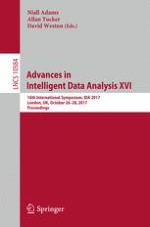2017 | OriginalPaper | Chapter
Freudian Slips: Analysing the Internal Representations of a Neural Network from Its Mistakes
Authors : Sen Jia, Thomas Lansdall-Welfare, Nello Cristianini
Published in: Advances in Intelligent Data Analysis XVI
Publisher: Springer International Publishing
Activate our intelligent search to find suitable subject content or patents.
Select sections of text to find matching patents with Artificial Intelligence. powered by
Select sections of text to find additional relevant content using AI-assisted search. powered by
